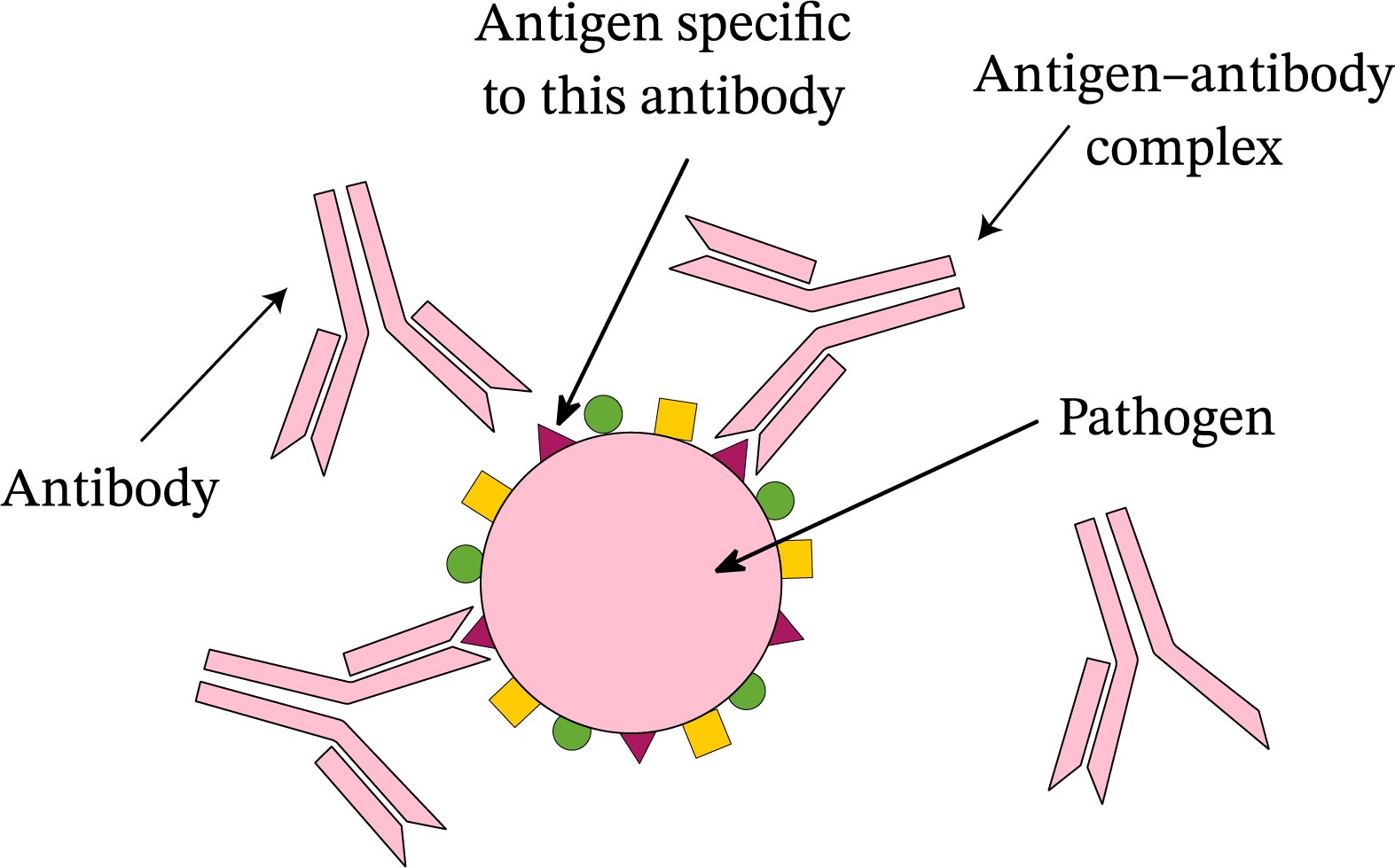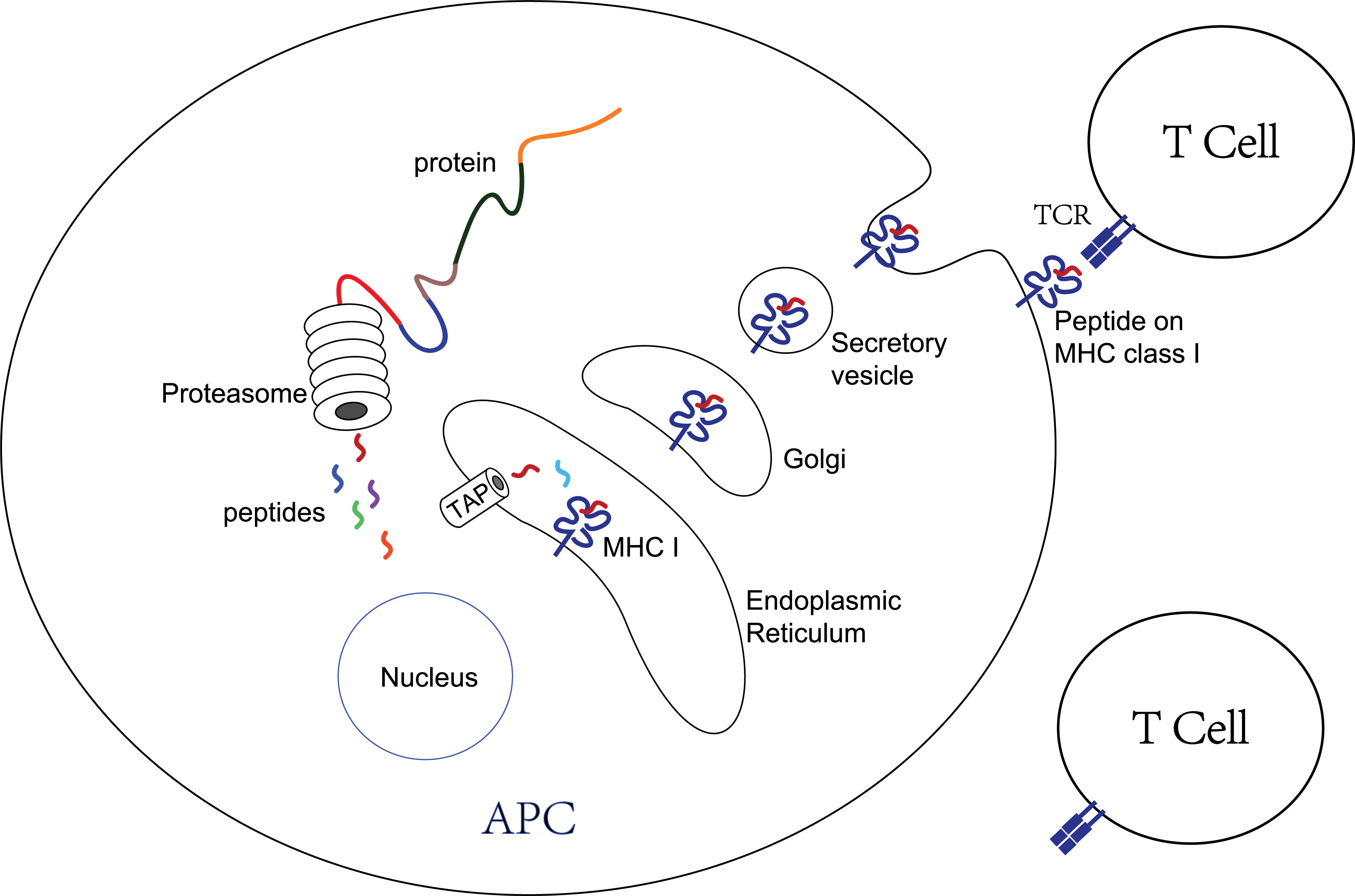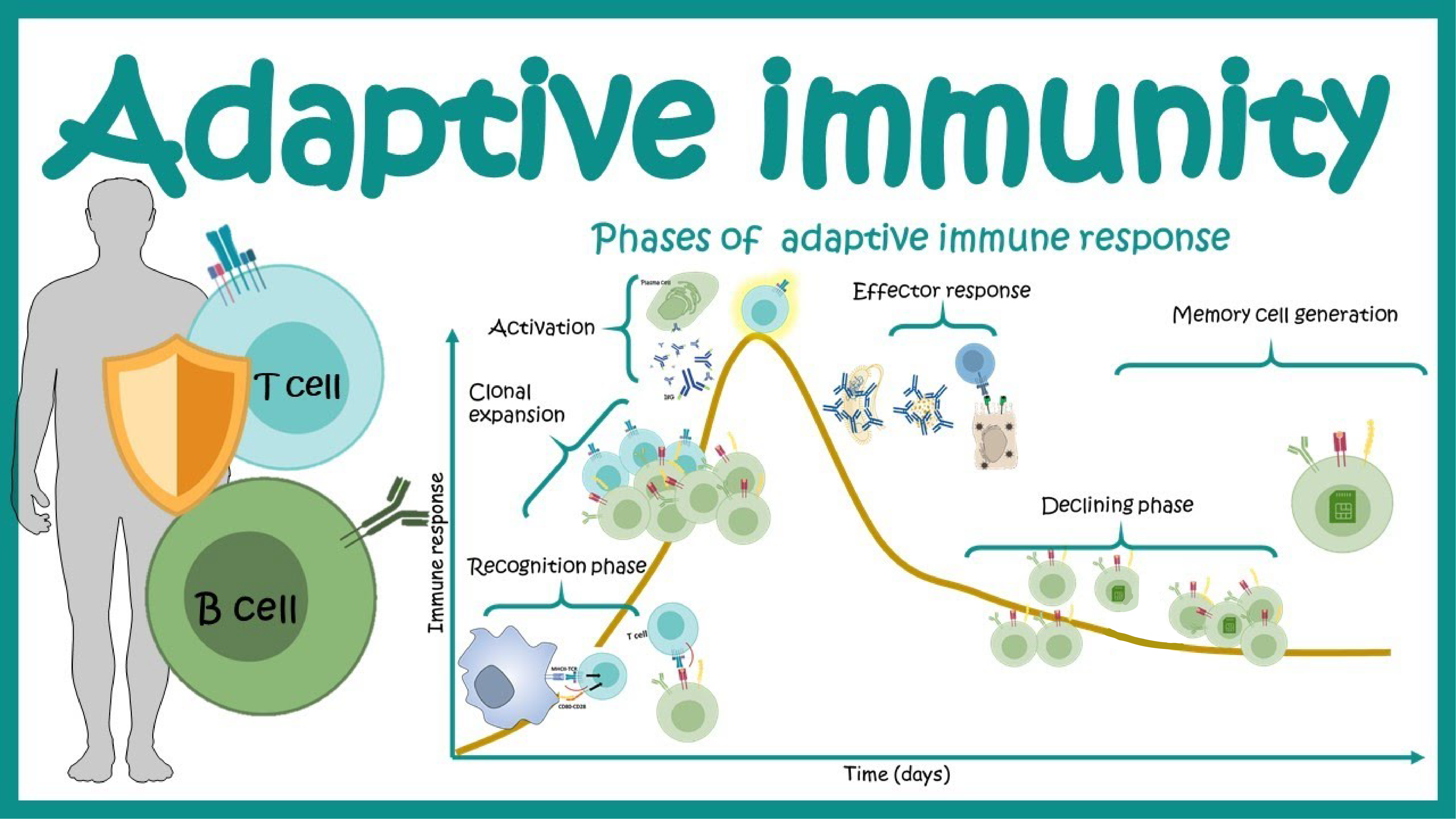Introduction
The immune system comprises two subsystems: the innate immune system and the adaptive immune system. The innate immune system provides rapid but non-specific protection, while the adaptive immune system can precisely identify and eliminate non-self components including invading pathogens as well as abnormal or aging cells. Within this specific system, B- and T-cells play an important role in pathogen detection. Rather than identifying entire pathogens or cells, they recognize molecular components known as antigens.
B cell recognition
B cells directly recognize and bind to antigens through their B cell receptors (BCRs). The BCR is a membrane-bound antibody molecule that recognizes and binds to specific antigens. Each B cell has a unique BCR on its surface.
When antigens bind to the BCR, the BCR triggers intracellular signaling events, leading to B cell activation. This activation can result in the production of antibodies, or immunoglobulins, which are soluble forms of the BCR. They are Y-shaped proteins that have antigen-binding sites capable of recognizing and binding to specific antigens. Antibodies can neutralize pathogens by directly binding to them and preventing their harmful effects.

T cell recognition
Unlike B cell recognition, T cell recognition relies on the interaction between the T cell receptor (TCR) and the antigen-presenting molecule, which involves the binding of peptides to major histocompatibility complex (MHC) molecules and subsequent presentation on the cell surface.
First, antigens derived from pathogens or abnormal cells are fragmented into small peptides. Then only peptides with sufficient binding affinity are loaded onto MHC molecules. There are two main classes of MHC molecules: MHC class I and MHC class II. MHC class I molecules are expressed on almost all nucleated cells and present peptides derived from intracellular antigens. MHC class II molecules are primarily found on APCs and present peptides derived from extracellular antigens.
Next, the loaded MHC-peptide complex is then presented to the cell surface, where it can be recognized by the TCR on T cells. The TCR, composed of $\alpha$ and $\beta$ chains, contains variable regions responsible for antigen recognition and constant regions that anchor the receptor to the T cell membrane. The variable regions of the TCR chains have complementary determining regions (CDRs), which interact with the antigenic peptide-MHC complex. While CDR1 and CDR2 bind to the MHC molecule presenting the peptide, CDR3 is believed to be the principal determinant of receptor binding specificity.
Finally, T cell recognition occurs when the TCR CDRs interact with the antigenic peptide-MHC complex with sufficient affinity and specificity. This interaction triggers a cascade of intracellular signaling events, leading to T cell activation. Upon activation, T cells can differentiate into effector cells, such as cytotoxic T cells or helper T cells, which execute various immune functions to eliminate pathogens or abnormal cells. Cytotoxic T cells directly kill infected or cancerous cells, while helper T cells secrete cytokines that regulate and coordinate immune responses.


